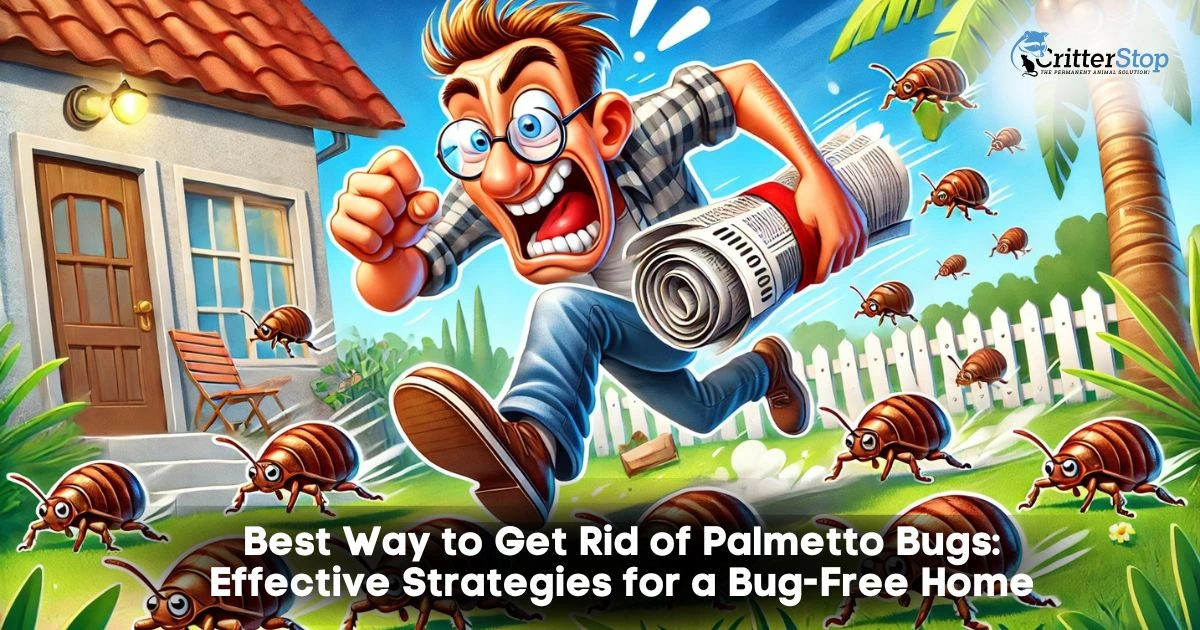
Palmetto bugs, commonly known as large cockroaches, can be unwelcome in homes, especially in warmer climates. The best way to eliminate palmetto bugs is to maintain a clean environment, seal entry points, and use targeted pest control methods. Effective strategies can dramatically reduce their presence and prevent future infestations.
To start, keeping living spaces tidy and food debris-free is crucial. Regularly vacuuming and wiping surfaces minimizes attractants for these pests. Additionally, sealing cracks and gaps in walls, windows, and doors helps to block their entry into homes.
Various pest control options are available for persistent issues. Traps, baits, and sprays designed specifically for cockroaches can yield positive results. Engaging a professional pest control service may also be advisable for significant infestations, ensuring a comprehensive approach to eradication.
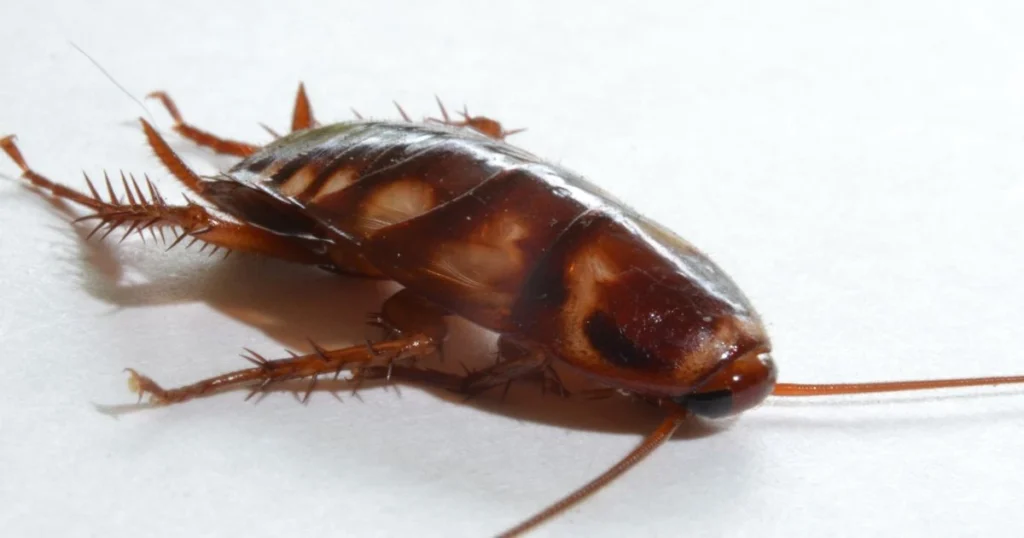
Palmetto bugs, often confused with regular cockroaches, have distinct features that help identify them. Their habitats and behavior patterns are crucial for understanding how to manage or eliminate them effectively.
Palmetto bugs are a type of American cockroach. They typically range from 2 to 4 inches in length. Their bodies are reddish-brown, and a yellowish band runs along the edges of their wings.
Key features include:
Knowing these characteristics aids in confirming their presence and differentiating them from other insects, such as water bugs.
Palmetto bugs prefer warm, humid environments. They are commonly found in tropical and subtropical regions and often infiltrate homes through cracks and openings.
Typical habitats include:
Their nocturnal behavior means they are mostly active at night, foraging for food. They can quickly multiply, making early detection vital. Understanding their habits is essential when considering the best way to eliminate palmetto bugs.
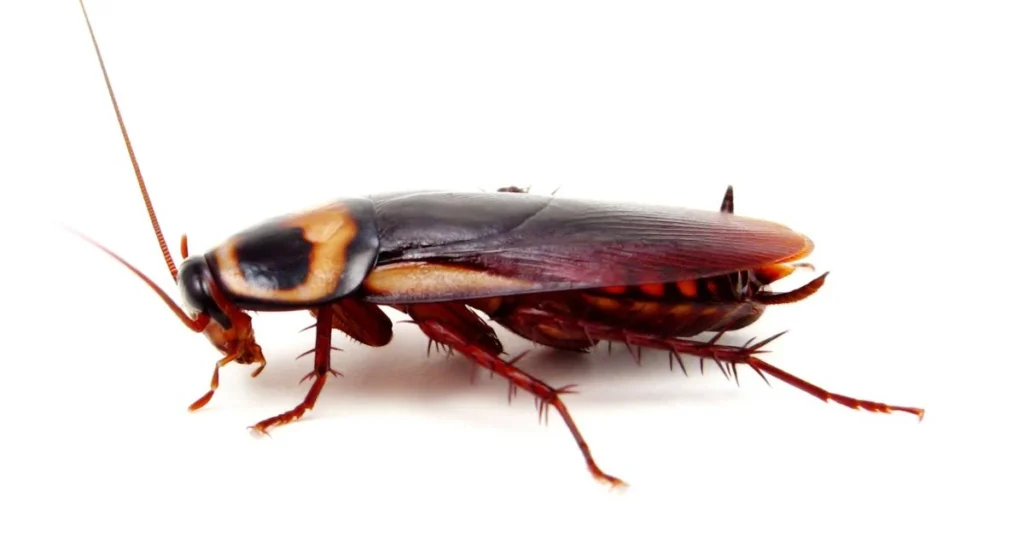
Implementing effective preventative measures is essential for managing palmetto bug populations. Individuals can significantly reduce the presence of these pests in their environment by focusing on sealing entry points, maintaining cleanliness, and managing landscaping.
Identifying and sealing potential entry points is crucial in preventing palmetto bugs from entering a home. Common areas to inspect include:
Regular inspections will help maintain these barriers. Addressing any issues promptly can significantly reduce infestations.
Maintaining a clean living environment is fundamental to deter palmetto bugs. These pests are attracted to food sources and hiding spots. Key practices include:
Eliminating clutter and organizing spaces can help reduce potential nesting sites inside the home.
Effective landscaping can help minimize the likelihood of palmetto bugs finding shelter near homes. Important considerations include:
By maintaining a tidy exterior and controlling moisture levels, individuals can create an environment less conducive to palmetto bug habitation.
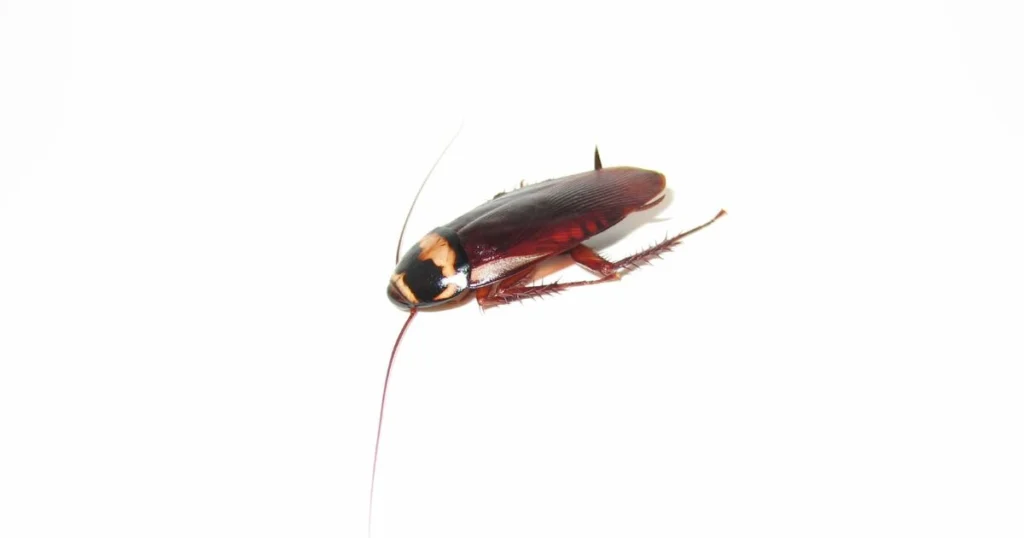
When integrated into a comprehensive pest management plan, chemical control methods effectively reduce palmetto bug populations. Two main approaches are insecticides, baits, and growth regulators.
Insecticides are widely used to eliminate palmetto bugs. Products containing pyrethroids or neonicotinoids are particularly effective. These chemicals target insects' nervous systems, leading to rapid death.
When employing baits, consider those that attract palmetto bugs while incorporating a toxic substance. This strategy ensures that insects directly exposed to treatment and those feeding on the bait are eliminated. Bait stations should be placed in damp, dark areas where palmetto bugs are likely to hide, such as kitchens or basements.
Following the manufacturer’s instructions for application and safety is crucial when using insecticides. This minimizes risks to humans and pets and ensures effective treatment.
Growth regulators help control palmetto bug populations by disrupting their life cycle. Chemicals such as methoprene or pyriproxyfen inhibit roaches' normal growth and development, preventing them from reaching maturity.
By using growth regulators, palmetto bug reproductive capabilities can be reduced. As adult insects die off, the population decreases over time.
These products are often used in combination with traditional insecticides for optimal results. Proper application is essential for effectiveness, and they should be used in areas where palmetto bugs are known to breed.
Employing both methods can create a more robust defense against these pests.
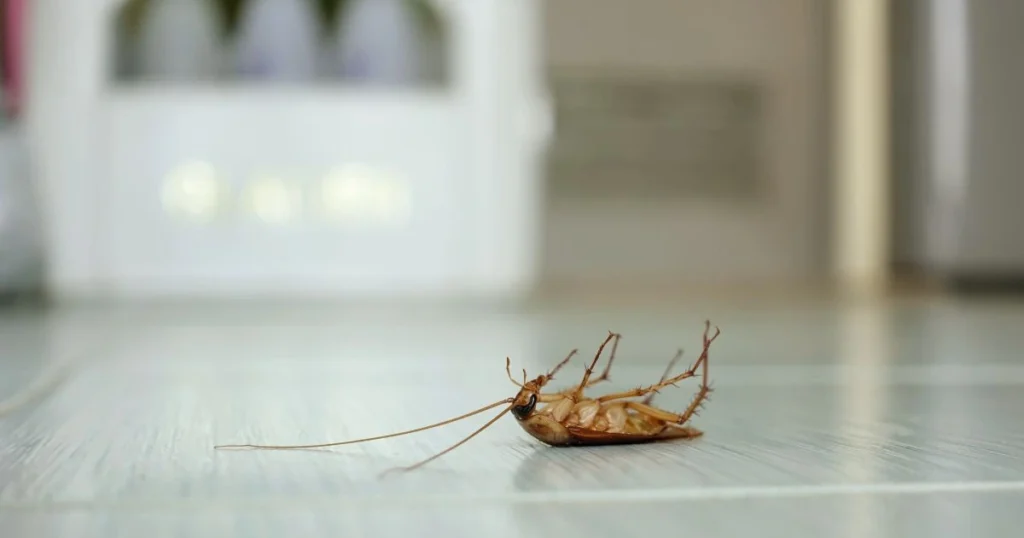
Effective natural and non-chemical methods for controlling palmetto bugs exist. These methods utilize natural predators and home remedies, providing readers with actionable strategies.
Encouraging natural predators can be an effective way to manage palmetto bug populations. Species such as geckos, frogs, and certain birds naturally feed on roaches, so creating a habitat that attracts these creatures can help reduce the bug population.
Planting native vegetation and maintaining a garden can provide shelter and food for these predators. Incorporating plants that attract beneficial insects can enhance the ecosystem. Avoiding pesticides in the garden ensures that these natural predators remain unharmed.
Using traps designed for non-target species can also help maintain balance. This approach promotes biodiversity while addressing bug infestations in an eco-friendly way.
Several home remedies can effectively deter palmetto bugs. Boric acid is a popular choice; when mixed with sugar and water, it serves as a bait. The sugar attracts the bugs, while the boric acid kills them.
Another option is a solution of soap and water. Spraying this mixture directly can suffocate the bugs on contact. Additionally, essential oils such as peppermint or tea tree oil can act as natural repellents. When applied around entry points, mixing these oils with water in a spray bottle can deter palmetto bugs.
Maintaining a clean environment is essential. Regular vacuuming and sealing cracks or crevices can significantly reduce their hiding spots. Properly storing food also minimizes attraction. These remedies provide a practical approach to controlling palmetto bug populations without chemicals.

Professional extermination services offer effective solutions for those struggling with palmetto bug infestations. These experts employ methods that are often more comprehensive than DIY approaches.
Benefits of Hiring Professionals:
Typical Steps in the Process:
Many find that DIY methods do not fully resolve palmetto bug problems. Professional services often provide peace of mind, knowing experts are handling the issue.
When selecting a pest control company, consider its reputation, experience, and the methods it utilizes. Reading online reviews and seeking recommendations can help identify reliable options.
Investing in professional extermination may offer the best way to eliminate palmetto bugs effectively and sustainably.
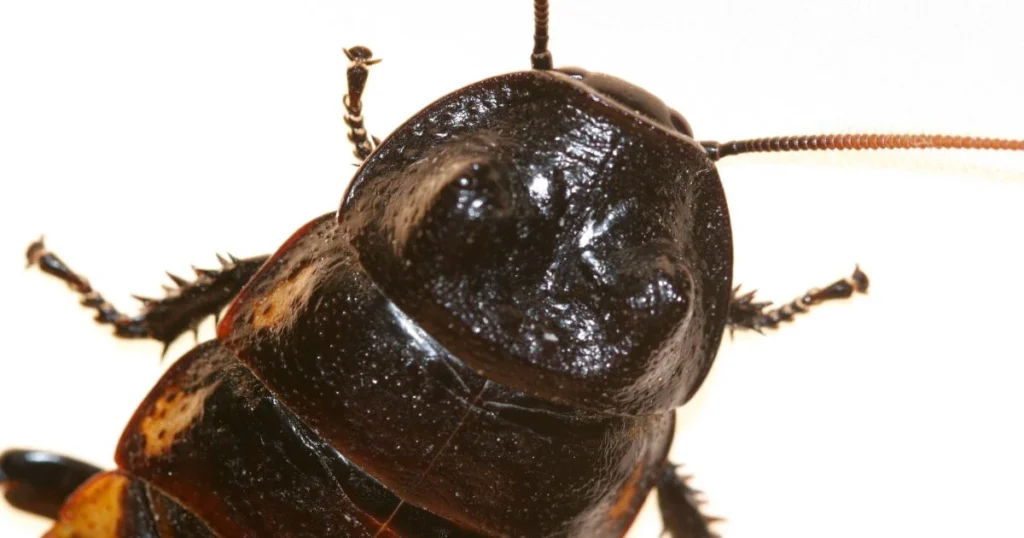
Maintaining a pest-free environment requires regular efforts and strategic monitoring. Focused inspections and preventive measures can significantly reduce the number of palmetto and water bugs in a home.
Routine inspections are essential in identifying signs of palmetto bugs early. Check for:
In addition to visual inspections, setting up traps can help monitor bug activity. Use sticky traps in areas frequently visited by palmetto bugs. This not only captures bugs but helps determine the level of infestation. If pests are detected during inspections, quick action is crucial. Homeowners are encouraged to contact Critter Stop at (214) 234-2616 for professional assistance. Critter Stop has a fantastic reputation and online customer reviews because it provides high-quality work and great customer service.
To prevent water and palmetto bugs from returning, focus on sealing entry points and eliminating attractants. Key strategies include:
Clean kitchens and dining areas regularly to deny bugs access to food sources. Storing food in airtight containers is vital. Using natural repellents like peppermint oil can also effectively deter bugs. Implementing these strategies enhances long-term pest control. For persistent issues, contacting a specialist like Critter Stop ensures professional guidance tailored to specific needs.
This section addresses common questions regarding effective methods for managing palmetto bugs. It covers strategies for both chemical-free eradication and specific situations involving indoor and outdoor spaces.
Using natural deterrents like diatomaceous earth can help. Sprinkling it in areas where palmetto bugs frequently create a barrier that dehydrates them. Additionally, essential oils such as peppermint or tea tree oil can repel these insects when diluted with water and sprayed in affected areas.
Yes, the strategies can vary. Sealing entry points and maintaining cleanliness are crucial for indoor spaces. Outdoor control may involve removing debris and using traps or natural predators to reduce the population.
Reducing humidity is key in damp areas. Using dehumidifiers can create an unfavorable environment for water bugs. Traps and baits specifically designed for water bugs can also be effective in these locations.
Identifying the source of food and water is vital. Keeping food sealed and cleaning spills promptly can deter water bugs. If an infestation occurs, consider using baits or traps designed for kitchens to target these pests effectively.
Roaches and water bugs may require different treatments. Roaches often respond well to baits and gels, while water bugs may be more effectively managed with liquid insecticides or traps specifically targeting their habits.
The techniques differ slightly. Roaches typically need systematic bait placements, while water bugs benefit from environmental control measures like moisture reduction. Treatment products overlap but should be chosen based on the specific pest.
Identifying physical characteristics helps distinguish between species. Roaches are generally smaller and more common, while water bugs are larger and often found near water sources. Effective handling involves using the appropriate treatments based on the identified species.
Visit our Critter Library and learn more about our furry friends







